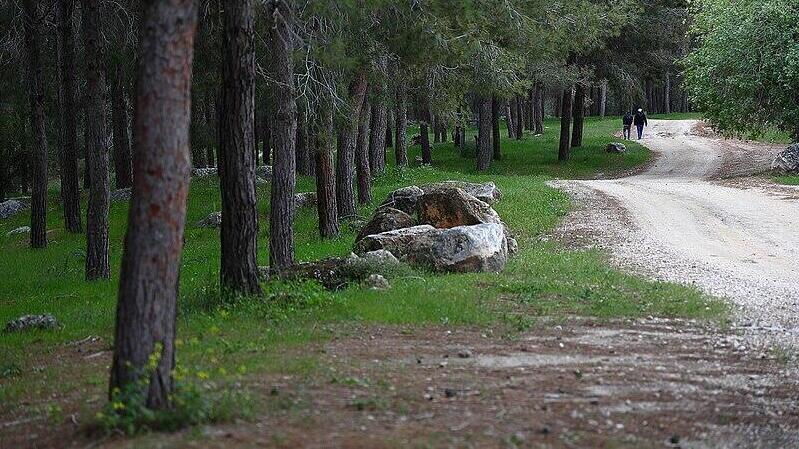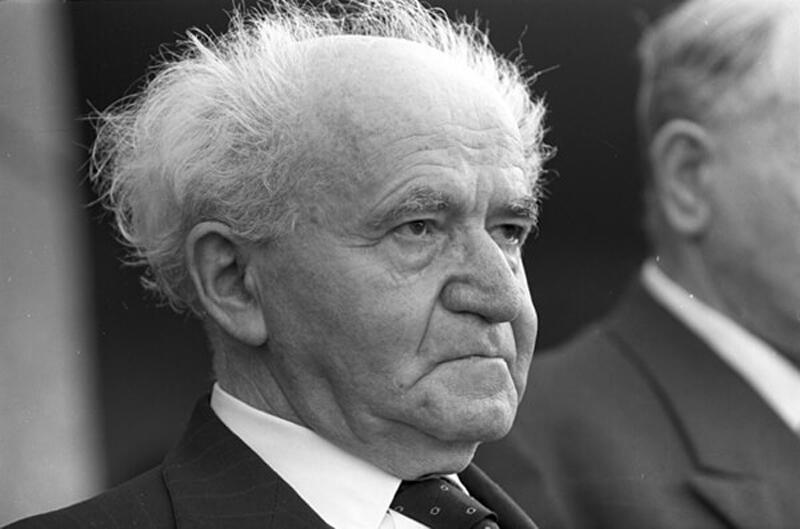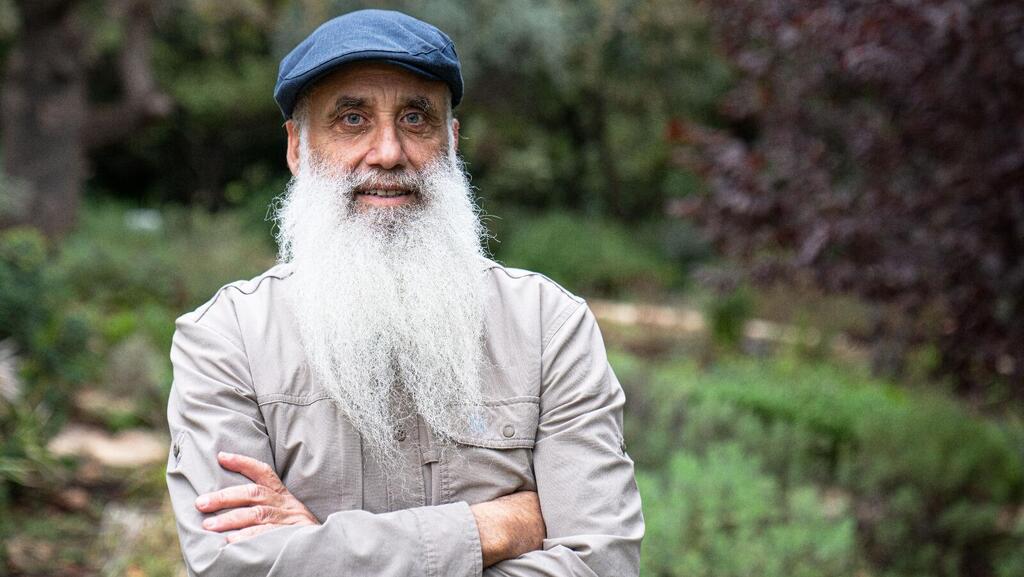Unlike Jewish holidays such as Sukkot, which have been celebrated the same way for the past 2,000 years, Tu Bishvat is a holiday that never ceases to renew itself. The farmer and botanical researcher Avraham Dahan produced the Israeli Haggadah for Tu Bishvat Seder, in an attempt to connect between the spiritual roots of the holiday to the pioneering period when Israelis returned to this land and to today's practice of planting trees as a sign of commemorating the heroes who have fallen in battle.
More stories:
"For the past 15 years, I have been conducting Tu Bishvat ceremonies in Israel and abroad," says Dahan, "I discovered that people do not know how the holiday came about and everyone creates their own interpretation. The lack of understanding of the essence of Tu Bishvat in the Israeli public is what brought me to write the Haggadah."
So please explain it to us
"Unlike the holidays established by the Torah such as Passover and Sukkot, Tu Bishvat was formed by the people, but it's rooted in the commandment of 'Tzedakah and tithes'. In 1272 B.C., when the people of Israel conquered the land under the leadership of Joshua, and God commanded to share the grain and fruits we grow and there was not a date that determined the beginning and end of the 'fiscal year'."
During the first three years after planting, it is forbidden to eat the fruits of the tree
"That's right, in 132 BC, Hillel the elder stated that the trees' new year is celebrated on the 15th day of the month of Shvat, (Rosh Hashanah for the trees). If the tree was planted before the 15th, its second year begins on Tu Bishvat. After the destruction of the Second Temple, most of the Jewish population moved to Babylon and later many migrated to Spain. The Land of Israel became an object of longing, and they expressed this longing by eating dried fruits. At that time there were travelers who came from the Land of Israel and brought with them dehydrated fruits from Israel, without fearing that they would spoil.
"The Jews in the diaspora began to make an effort to obtain fruit from the Land of Israel and developed various customs. The Jews of Kurdistan, for example, exchanged 'parcels' among themselves as is done on Purim, except that those 'parcels' contained dried fruit. Turkish Jews made a Seder table where they ate fruit, but the most significant event was in Safed in the 16th century, when the Isaac ben Solomon Luria Ashkenazi (Ha'ari) and his students created a 'Tu Bishvat Seder' which included eating 30 types of fruit.
"In 1890, Rabbi Ze'ev Yavetz, the director of a school in Zichron Ya'akov, went out with his students to plant trees, and David Ben-Gurion, the first prime minister of the State of Israel, led the turning point in 1949. He gave a speech in the 'Forest of the Fallen' near Jerusalem and planting trees became an act of remembrance and commemoration of bravery."
How is it a turning point?
"The Torah compares man to the soil and the tree of the field. The development and growth of man parallels the development of the tree. But Ben-Gurion's historic speech at the end of the War for Independence compares the planting of the trees to our struggle for the land, and this resonates with the present. In other words, Ben-Gurion gave planting trees a national meaning.
"In my Haggadah, I quote part of his speech: 'We plant a forest and another forest, and we will plant many more forests, to fulfill the wish and desire of the warriors who gave their lives for the liberation of their homeland, for its flourishing and building so that they can, with all of Israel to return to the homeland and live a life of freedom.''
Tu Bishvat Seder for evacuees from Kfar Yuval
The deep connection between Judaism, Zionism and being an Israeli also characterizes the 57-year-old Dahan. For about half of his life he worked the land, and for the other half he became a Chabad emissary. He wrote the "Encyclopedia of the Talmud of Plants" and the book "The Talmud of the Bees," in which he studied the flora and fauna in the Land of Israel, and their references and significance in the Jewish tradition.
About five years ago, Dahan approached the owners of the Mitzpe Haim Hotel, and suggested that they establish a unique orchard. "To my delight, they responded to this vision immediately and with joy. Across three terraces, in an area of four acres, there are 180 different plants, including a collection of Israeli vines, spices, medicinal plants, desert plants and more. Throughout the year students are staying at the place, as well as travelers from Israel and abroad, who learn about the flora in the Land of Israel."
Today, evacuees from Kfar Yuval who came there following the war are being hosted at Mitzpe Haim Hotel. On this upcoming Shabbat, Dahan will hold a Tu Bishvat Seder with them, which will include a reading from the new Haggadah. The new release depicts illustrations of the flowers of the land in the order of their appearance in nature, throughout the seasons. The participants will sit at a table with 30 types of fruit, and will read chapters scripture and poetry, drink four glasses of wine, sing songs of the Land of Israel that will commemorate the fallen.
"The Haggadah also includes recommendations for preparing the holiday table, suggestions for a menu including delicacies and pastries, soup, cakes, concoctions and herbal teas," says Dahan. "There are also passages for reading, including moving words said by Rabbi Yisrael of Chortkov: 'Israel is likened to a tree that stands naked and frozen in winter. Shaking storms threaten its barrenness and make its situation seem hopeless. But even at this time, in the dead of winter, the moose suckles renewed life from the depths of the earth.' Thus Israel is always subject to plunder and destruction."
"These things are relevant for our time. The hostages and their families, over 130,000 evacuees and the political tension which ails the nation of Israel symbolize the naked and frozen tree that seems devoid of life," says Dahan, but soon the country will blossom again as it does in nature.






